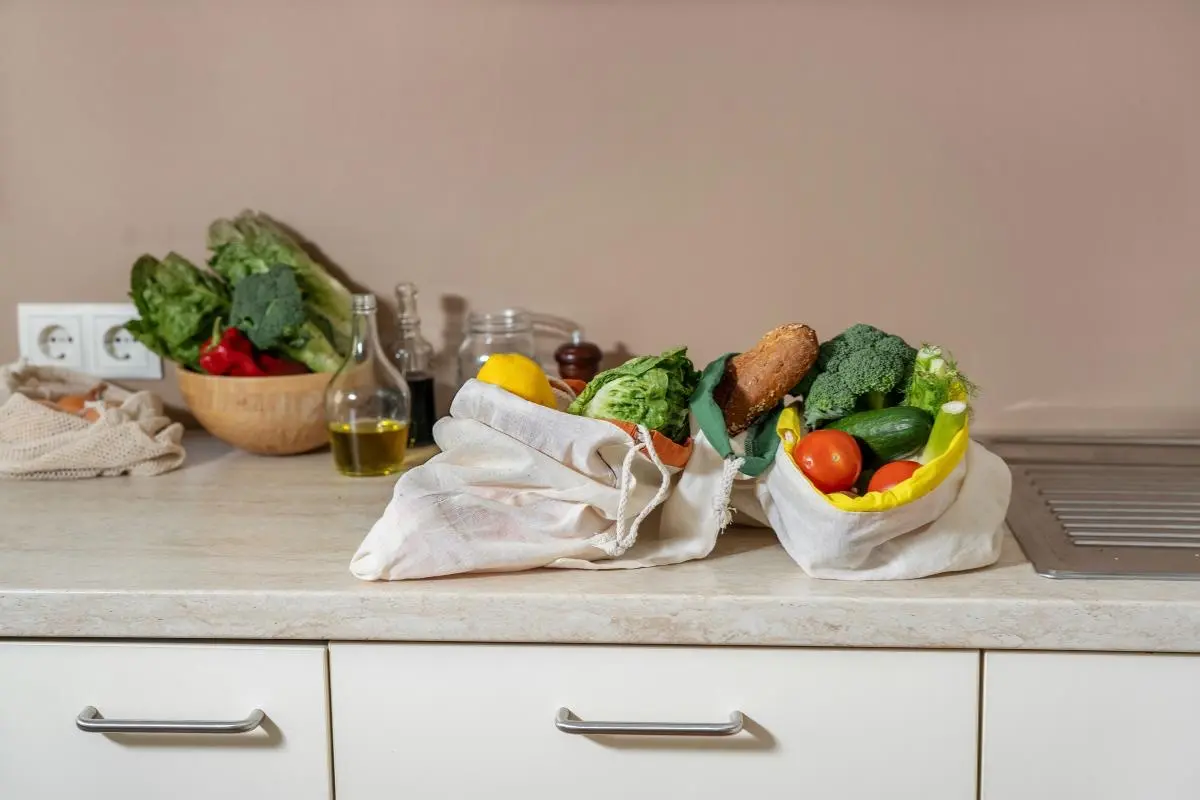Sustainable Kitchen Practices: From Waste Reduction to Composting
Zero-Waste Living
Zero-waste living focuses on reducing what we discard, repurposing items, recycling, and composting. The kitchen, often the heart of the home, is a hotspot for waste production. From plastic packaging to food scraps, the everyday actions we take can add up to a significant environmental impact.
Understanding the Importance of a Zero-Waste Kitchen
Embracing a zero-waste kitchen is not just about waste reduction—it’s about creating a sustainable ecosystem in your home. It involves making mindful decisions about purchasing, using, and disposing of goods, which can significantly lower your carbon footprint.
Start with a Waste Audit
To begin, conduct a waste audit. For one week, track what you throw away. This will give you a clear picture of the most common types of waste your kitchen produces. Common culprits often include:
- Plastic bags and wrappers
- Disposable plates and utensils
- Food waste
- Excessive food packaging
Strategic Shopping to Reduce Waste
Opt for Bulk and Unpackaged Goods
Start by choosing bulk goods when possible, which significantly reduces the need for packaging. Many stores offer grains, nuts, spices, and even some cleaning supplies in bulk.
Tip: Bring your own containers and bags when shopping. Glass jars and cloth bags are excellent for bulk items.
Choose Reusable Over Disposable
Switch from disposable items like plastic wrap and aluminum foil to reusable beeswax wraps and silicone lids. Invest in high-quality, durable kitchen equipment that will last longer and won’t need to be replaced frequently.
Prioritize Fresh and Local Produce
Purchase fresh produce rather than packaged. Local farmers’ markets are a great source for unpackaged, fresh, and seasonal produce. Not only does this reduce packaging waste, but it also supports the local economy and reduces the carbon footprint associated with long-distance food transport.
Implementing Sustainable Food Storage Solutions
Storing food properly is essential to prevent waste. Here are some effective storage tips:
- Fruits and Vegetables: Store fruits and vegetables in specialized drawers in your refrigerator or in countertop baskets that allow air circulation.
- Herbs: Keep herbs fresh by snipping their ends and placing them in a jar of water, just like flowers.
- Leftovers: Use clear glass containers to store leftovers. This makes it easy to see what you have, reducing the likelihood of forgetting and wasting food.
Implementing these strategies requires a shift in habits and some initial investment, but the long-term savings and environmental benefits are profound. In the next section, we will delve deeper into waste management practices, DIY solutions for common kitchen needs, and how to maintain a zero-waste kitchen mindset.
Advanced Waste Management Practices
Beyond the basics of shopping and storage, effective waste management practices play a vital role in achieving a zero-waste kitchen. Here are some more advanced strategies:
Composting: Turning Waste into Resource
Composting is a cornerstone of zero-waste living. By composting organic waste, you can reduce the amount of garbage sent to landfills and create nutrient-rich soil for your garden. Here’s how to get started:
- Indoor Composting: If you don’t have space for an outdoor compost pile, consider a small, odor-controlled compost bin in your kitchen.
- Vermicomposting: Using worms to break down waste can be an efficient method for apartment dwellers.
Eco-friendly Cleaning Solutions
Reduce the use of harsh chemicals and disposable cleaning products by opting for natural alternatives. Homemade cleaning solutions, like vinegar and baking soda, are effective, inexpensive, and eco-friendly. For scrubbing, use reusable cloths instead of disposable paper towels.
DIY Solutions for Common Kitchen Needs
Creating DIY alternatives to store-bought products can further reduce waste. Here are a few ideas:
- Homemade Condiments: Prepare your own ketchup, mustard, or mayonnaise to avoid plastic packaging and control ingredient quality.
- DIY Snacks: Instead of buying packaged snacks, make your own. Granola bars, cookies, and even potato chips can be homemade.
- Preserving and Canning: Learn the basics of canning to preserve seasonal fruits and vegetables. This not only reduces waste but also allows you to enjoy seasonal flavors year-round.
Maintaining a Zero-Waste Kitchen Mindset
Maintaining a zero-waste kitchen requires ongoing commitment. Here are key strategies to keep you motivated and focused:
- Educate Yourself and Others: Stay informed about zero-waste practices and share your knowledge with friends and family. The more people participate, the greater the impact.
- Be Patient and Flexible: Transitioning to a zero-waste lifestyle doesn’t happen overnight. Be patient with yourself and be flexible as you learn what works best for your household.
- Continuously Improve: Zero-waste living is a journey. Regularly assess your practices and look for areas to improve.
Conclusion: The Impact of Your Zero-Waste Kitchen
Embracing a zero-waste kitchen can dramatically reduce your household’s environmental impact, promote a healthier lifestyle, and save money. While the transition involves changes to shopping, cooking, and waste management habits, the benefits are significant and far-reaching.
We encourage you to take the first step today. Start small, be consistent, and gradually expand your zero-waste practices. Visit our website for more resources and support as you embark on your zero-waste journey, making a positive impact on the planet and your well-being.
By adopting these practices, you’re not just altering your immediate environment—you’re contributing to a global movement towards sustainability.





